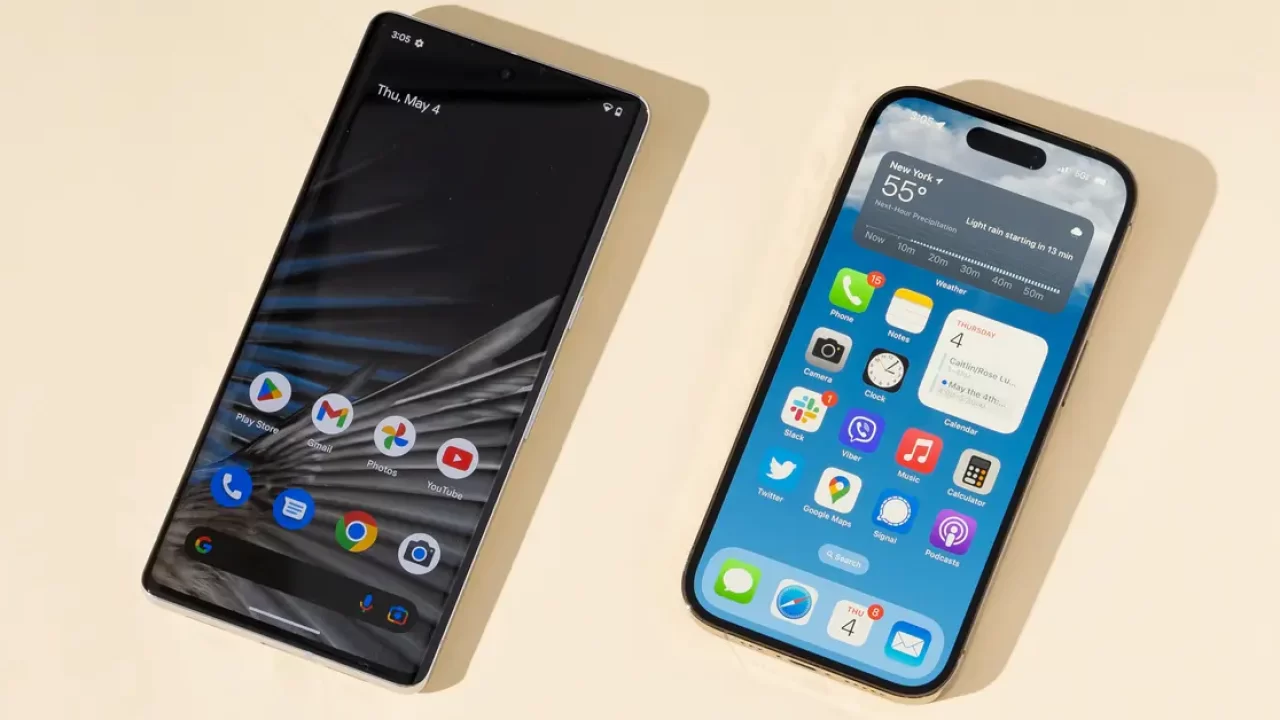In the world of smartphones, the battle between iPhone and Android has been ongoing for years. While users often debate over which platform offers better features or a more intuitive interface, another crucial factor to consider is repairability. When it comes to fixing a cracked screen or replacing a malfunctioning component, does one reign supreme over the other? Let’s delve into the intricacies of iPhone and Android repairability to find out. And if you are experiencing any issues with your phone, visit Phone Repair & More Florida, an authorized shop for your Android and iPhone repair in St. Leo.
Table of Contents
Understanding iPhone Repairability
Apple’s iPhones have gained a reputation for their sleek design and premium build quality. However, this can also pose challenges when it comes to repair. Apple tightly controls the repair ecosystem for its devices, often making it more challenging for third-party repair shops to access genuine parts or proprietary repair tools.
One significant aspect of iPhone repairability is the integration of components. Apple tends to design its devices with tightly integrated hardware and software, which can make certain repairs more complex. For instance, a cracked screen replacement on an iPhone might require meticulous disassembly due to the device’s compact and tightly packed internals.
Despite these challenges, Apple has made efforts to improve repairability in recent years. Initiatives such as the Independent Repair Provider Program and increased access to repair guides and diagnostic tools aim to make it easier for authorized technicians to perform repairs.
Exploring Android Repairability
Android smartphones, on the other hand, encompass a diverse range of devices manufactured by various companies, including Samsung, Google, OnePlus, and many others. This diversity can significantly impact repairability, as different manufacturers may have varying approaches to design and repair accessibility.
Generally, Android devices offer a broader range of options when it comes to cell phone repair. Many manufacturers provide official repair programs and offer replacement parts to authorized repair centers. Additionally, the open-source nature of the Android platform allows for greater flexibility in repairing and customizing devices.
One notable advantage of Android repairability is the availability of aftermarket parts and components. Unlike iPhones, which often rely on proprietary components, Android devices may use more standardized parts, making them more accessible to third-party phone repair shop and DIY enthusiasts.
The Verdict: Which Is Easier to Repair?
So, which is easier to repair, iPhones or Android smartphones? The answer isn’t entirely straightforward and largely depends on various factors, including the specific model, the nature of the repair, and the availability of repair resources.
While iPhones may present challenges due to their tightly integrated design and Apple’s control over the repair ecosystem, initiatives to improve repair accessibility are underway. Android devices offer a broader range of options and may be more accessible for certain repairs, thanks to the diversity of manufacturers and the availability of aftermarket parts.
Ultimately, both platforms have their strengths and weaknesses when it comes to repairability. Whether you prefer the simplicity of iOS or the flexibility of Android, ensuring timely repairs and maintenance is crucial to keeping your smartphone in optimal condition.
Conclusion
When it comes to choosing between iPhone and Android, repairability is just one factor to consider among many. Whichever platform you prefer, prioritizing proper care and maintenance can help prolong the lifespan of your device and minimize the need for repairs in the first place.






